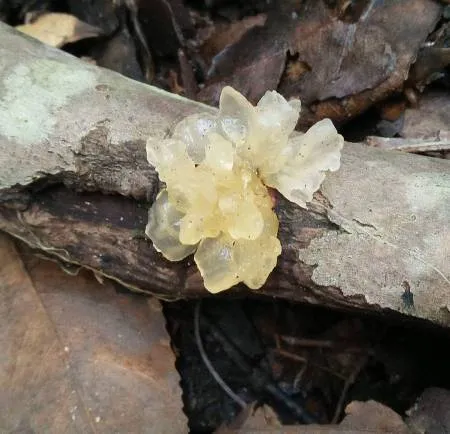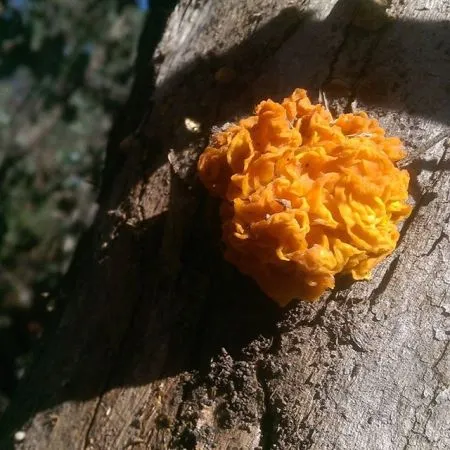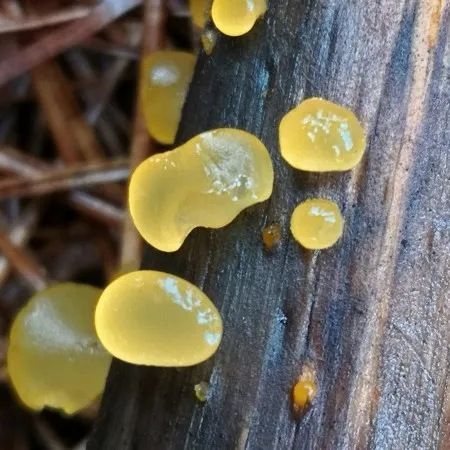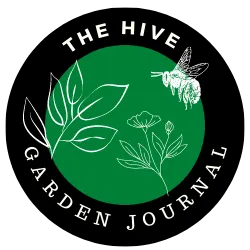Hi everybody! Here's the 6th in this early season ID guide for South Australian edible mushrooms. This one is about that easy to find, easy to identify Jelly Fungi.
Jelly Fungi (Tremella species and friends)

Common names: Jelly Fungus, Snow fungus. Phylum: Basidiomycota. Class: Tremellomycetes. Order: Tremellales. Family: Tremellaceae
Common names Golden Jelly Bells. Phylum: Basidiomycota. Class: Dacrymycetes. Order: Dacrymycetales. Family: Dacrymycetaceae
There are a few species of Jelly Fungi on our forests. The two most common are Tremella species (T. fuciformis and T. messenterica) and one of my favourite things to chew on while foraging – Golden Jelly Bells (Heterotextus peziziformis). For convenience, I group them all under the heading ‘Jelly Fungi’ because of the gelatinous texture of the fruiting bodies which really live up to their name.

White Jelly Fungus or Snow Fungus (Tremella fuciformis) has a gelatinous, translucent white fruiting body. There is no stem and they can form a convoluted mass up to about 10 cm across. They can be picked and dehydrated and will dry down to almost nothing then can be re-hydrated when required. You can buy these fungi, dried, from Asian grocery stores and they must be rehydrated before cooking. When cooked, they have a tough, chewy texture and a slightly earthy taste which appeals to some (including me).

These fungi can be found on rotting wood where they are helping the process of decay. You’ll find them further up on tree trunks too. Tremella also live on bracket fungi that are already decomposing the wood.

Golden Jelly Bells (Heterotextus peziziformis) are tiny little blobs of yellow, gelatinous material live on wet, decaying wood. They are a translucent yellow with slightly more solid margins and dry out to an orange/red. They are too small for a meal but if you get four or five larger specimens, you can chew on them like you would a tasteless Gummy Bear. I like to chew on them when foraging to help reduce my thirst buy have never tried to gather enough to add to a meal.
Identifying Jelly Fungi – summary:
If you see something jelly-like on rotting wood in the forest, it could be a Jelly Fungus of some kind.
- Gelatinous, translucent body up to 10 cm or so wide
- Shiny and slippery
- No stem or cap, the fruiting body is the jelly
- Can shrivel and dehydrate but come back with hydration
- Spores are colourless
- Jelly Bells are tiny – up to approximately 5 mm, yellow and bell shaped.








